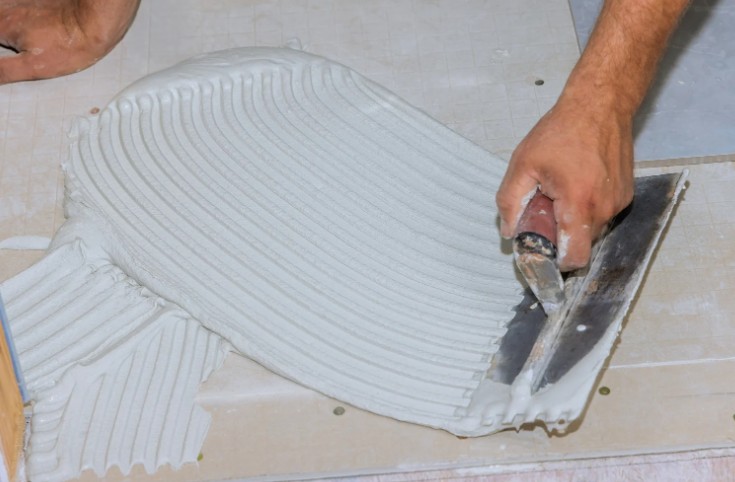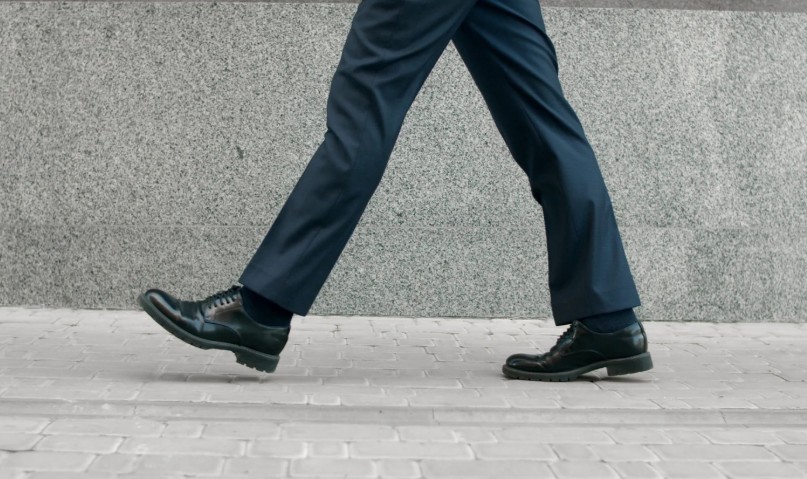- Why It Matters to Know How Long Does Grout Take to Dry?
- What are the Typical Drying and Curing Times for Common Types of Grout?
- What Affects Grout Drying Time: Factors You Should Know
- When Can I Use or Walk on My Newly Grouted Surface?
- What are the Tips to Help Grout Dry Properly? - And Maybe a Bit Faster
- Conclusion
- Frequently Asked Questions About Grout Drying Time
Why It Matters to Know How Long Does Grout Take to Dry?
When I first started tiling, I underestimated how important the drying time of grout really is. I assumed once it looked dry, it was ready — I learned the hard way that’s not true. Rushing the process can result in cracks, uneven colouring, or worse, water seeping into the gaps.
It’s essential to understand that drying time and curing time are two different things:
- Drying means the surface is dry to the touch.
- Curing is when the grout has fully hardened and bonded.
For a long-lasting, waterproof finish, especially in bathrooms and kitchens, I always wait until the grout is fully cured, not just dry.
What are the Typical Drying and Curing Times for Common Types of Grout?
The type of grout you’re using makes a big difference in how long you need to wait. Here’s a quick breakdown:
| Grout Type | Average Drying Time | Full Curing Time | Use Area |
| Cement-based (sanded) | 24–72 hours | 72+ hours | Floors, walls |
| Cement-based (unsanded) | 24–48 hours | 72 hours | Walls, small joints |
| Epoxy grout | 24 hours | 24–48 hours | Bathrooms, kitchens |
| Fast-drying grout | 4–6 hours (touch-dry) | 24 hours | Small projects |
I always read the product label or instructions — different brands can have unique requirements, especially with newer epoxy blends.

What Affects Grout Drying Time: Factors You Should Know
It’s not just the grout type that matters — conditions at the time of installation play a big role. Here’s what I always watch out for:
1. Ambient Temperature and Humidity
Living in the UK, I’ve come to expect longer drying times, especially during autumn and winter. Cold temperatures slow down the evaporation process, while high humidity keeps moisture in the grout longer.
- Ideal drying conditions are around 21°C (70°F) with low humidity.
- In winter or rainy spells, I sometimes use a space heater and dehumidifier to maintain stable drying conditions.
2. Tile Type and Grout Joint Thickness
Questioning how long does grout take to dry on tile? Some tile materials, like porcelain or glazed ceramic, don’t absorb moisture from the grout, so drying relies entirely on ambient conditions.
Natural stone tiles, however, are porous and help wick moisture away, which can reduce drying time.
Also:
- Wider grout lines = more grout material = longer drying time
- Thinner lines tend to dry faster but still need full curing
3. Indoor vs Outdoor Projects
I’ve done a few patio and garden tiling jobs, and they always demand more time — not just because of exposure to the elements, but because the air temperature drops quickly outdoors, especially overnight.
If rain is in the forecast within 48 hours, I either reschedule or cover the area with waterproof sheeting after grouting.
4. Airflow and Ventilation
A closed-off room with no airflow can slow down drying dramatically. I always try to:
- Open windows (if it’s dry outside)
- Use fans or gentle ventilation
- Avoid high humidity or steam-producing appliances nearby
When Can I Use or Walk on My Newly Grouted Surface?
This is the most common question I get from friends who DIY — and I always tell them: just because it looks dry doesn’t mean it’s ready.
When Is It Touch-Dry?
In most cases, grout becomes dry to the touch in 24 hours, but that doesn’t mean it’s ready for foot traffic or moisture. I use my fingertip to gently press a hidden section — if it’s firm and cool, it’s likely dry, but I still wait the full period recommended.
Can I Walk On It the Next Day?
For cementitious grout, I never walk on it before 48 hours, and if it’s a high-traffic area, I stretch that to 72 hours. I also avoid dragging furniture or placing rugs too soon.
When Is It Ready for Water (e.g., Showers)?
If I’m working on a shower wall or bathroom floor, I allow 72 hours minimum before introducing water. For epoxy grout, this could be less (24–48 hours), but I always prefer to err on the safe side. I’ve seen mildew grow in grout that was exposed to moisture too early — not fun to fix!

What are the Tips to Help Grout Dry Properly? – And Maybe a Bit Faster
Over time, I’ve built a little checklist to speed up drying without compromising quality:
- Follow grout mixing instructions: Too much water in the mix prolongs drying and weakens the grout.
- Increase airflow: Use fans or open windows, but avoid direct blowing onto grout as that may cause uneven drying.
- Keep the temperature stable: Avoid grouting during cold nights or in rooms with no heating.
- Avoid over-washing the surface: Wiping the tiles too early can pull moisture from the grout and extend drying time.
- Don’t seal too soon: Sealing while the grout is still curing can trap moisture and lead to discoloration or soft spots.
Conclusion
So, how long does grout take to dry? On average:
- Cement-based grout: 24 to 72 hours for drying, up to 7 days for full cure.
- Epoxy grout: 24–48 hours for both drying and curing.
But this isn’t one-size-fits-all. It depends on the type of grout, your environment, and how the job was done.
I always read the instructions, respect the waiting times, and plan for delays — especially in the UK climate. In the end, a little patience goes a long way in ensuring a strong, beautiful, and long-lasting tiled surface.
Related Article: How Long Does Caulk Take to Dry?
Frequently Asked Questions About Grout Drying Time
1. Can I Walk on Tiles After 24 Hours?
Possibly, if you’re using quick-set or epoxy grout. But for cement grout, I personally wait at least 48 hours. I once walked on tiles after 18 hours — and ended up re-grouting the whole floor.
2. How Soon Can I Use a Shower After Grouting?
For cement grout, wait at least 72 hours. For epoxy, you might be okay after 24–48 hours — but double-check the manufacturer’s advice.
3. Does UK Weather Affect Drying Time?
Yes, massively. Our cooler, wetter climate can add 24–48 hours to drying time, especially in older, less insulated homes. I always plan grout jobs for drier weeks and monitor indoor humidity when working.


0 Comments